India Unit Lessons
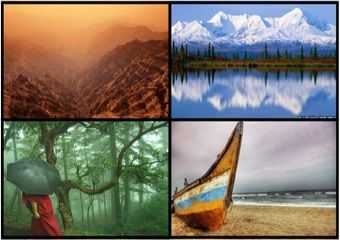
1. GEOGRAPHY: "So far as I am able to judge, nothing has been left undone, either by man or nature, to make India the most extraordinary country that the sun visits on his rounds. Nothing seems to have been forgotten, nothing overlooked." - Mark Twain, from Following the Equator
This week, you will begin your study of ancient India. You will begin by first studying the geography of the region. As you examine the geography of the Indian subcontinent, think about all of those things that would be important to you if you were looking for a place to settle down and create a permanent home. Then, use those thoughts to help you decide where the peoples of ancient India first established permanent settlements on their way to creating one of the world's most fascinating ancient civilizations.
This week, you will begin your study of ancient India. You will begin by first studying the geography of the region. As you examine the geography of the Indian subcontinent, think about all of those things that would be important to you if you were looking for a place to settle down and create a permanent home. Then, use those thoughts to help you decide where the peoples of ancient India first established permanent settlements on their way to creating one of the world's most fascinating ancient civilizations.
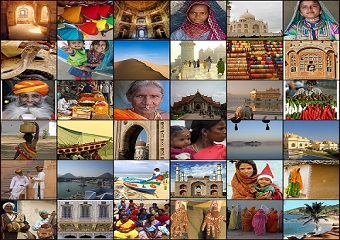
2. FIVE TRAITS OF CIVILIZATION: Ancient India was a place of great beauty and mystery. Ancient India was a place that witnessed the birth of two great world religions. It was the source of numerous scientific and medical advancements. The ancient Indians, however, also lived during a very uncertain time when unpredictable weather and nomadic invaders forever changed their way of life, their beliefs, and their future. The Indus Valley civilization, also known as the Harappan civilization, and sometimes the Indus-Saraswati civilization, is one of the oldest societies we know of and, while it is one of the great civilizations of antiquity, it remains one that scientists and historians still know very little about. In this lesson you will learn about how the people who settled along the Indus River 10,000 years ago began to build a civilization.
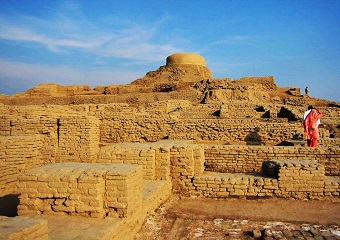
3. THE HARAPPANS: Over 4,500 years ago in the Indus Valley, where Pakistan is today, people built huge, planned cities, with straight streets laid out in a grid. Cities in the Indus Valley had a network of underground sewers to carry waste out of town. People who lived in these cities had brick homes with private toilets and baths! They traded with others at great distances. Kids played with toys. Men and women each enjoyed the fashions of their times. Women even wore lipstick! How do we know this? Archaeologists have now unearthed hundreds of cities that shed light on the people who built a civilization in the Indus Valley thousands of years ago. Because of those findings, historians now know that by 2500 BCE, cities in the Indus and Saraswati valleys all shared the same design and were arranged in the same way. In this lesson you will learn about "the Harappans" and their incredible gift for urban planning.
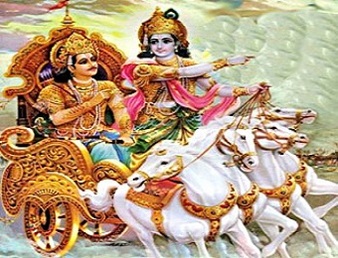
4. THE ARYANS: Among the many mysteries of Harappan civilization, what happened to the people of the Indus is perhaps the biggest puzzle. The people who re-settled the Indus Valley once the Harappans disappeared, however, is no mystery. In fact, most Indians today trace their roots to the Aryans who moved onto the subcontinent from the Caucusus, a region of Central Asia that borders Russia.
In contrast to the city-dwelling Harappans, the Aryans were nomads who spoke an indo-European language called Sanskrit. They raised livestock, rode chariots, and loved to gamble. They lived in simple homes. They had no sophisticated government. They grouped in clans, and herded cattle, sheep, and goats. They were ruled by warrior chiefs called rajas. The Aryans fought with long bows and arrows and bronze axes. They rode into battle on horse-driven chariots. Their history is one of constant war. However, it is also one of great literary achievement. In this lesson you will learn about the Aryans.
In contrast to the city-dwelling Harappans, the Aryans were nomads who spoke an indo-European language called Sanskrit. They raised livestock, rode chariots, and loved to gamble. They lived in simple homes. They had no sophisticated government. They grouped in clans, and herded cattle, sheep, and goats. They were ruled by warrior chiefs called rajas. The Aryans fought with long bows and arrows and bronze axes. They rode into battle on horse-driven chariots. Their history is one of constant war. However, it is also one of great literary achievement. In this lesson you will learn about the Aryans.
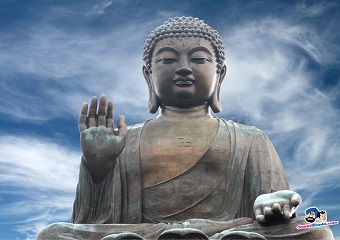
5 BUDDHISM: Buddhism is a spiritual tradition that focuses on personal spiritual development and the attainment of a deep insight into the true nature of life. There are nearly 400 million followers worldwide, making it one of the world most practiced religions.
By following the path of the Buddha, Siddhartha Gautama, Buddhists seek to reach a state of nirvana, a state without suffering. Siddhartha was an Indian prince who lived during the 6th century BCE. As a prince, he had lived a life of privilege. Upon seeing suffering in the world, Siddhartha gave up his gilded life and went on a quest for Enlightenment. In this lesson, you will learn more about Prince Siddhartha Guatama and the religion he founded more than 2500 years ago.
By following the path of the Buddha, Siddhartha Gautama, Buddhists seek to reach a state of nirvana, a state without suffering. Siddhartha was an Indian prince who lived during the 6th century BCE. As a prince, he had lived a life of privilege. Upon seeing suffering in the world, Siddhartha gave up his gilded life and went on a quest for Enlightenment. In this lesson, you will learn more about Prince Siddhartha Guatama and the religion he founded more than 2500 years ago.
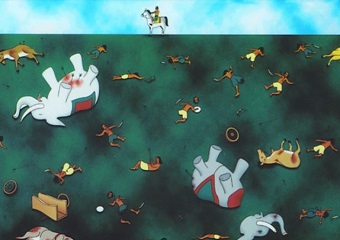
6. MAURYAN EMPIRE: After the Aryans entered northern India from the Caucasus, the next thousand years saw a great many kings and emperors rise to power! Some did fabulous things, like plant trees along the roads and build rest houses for travelers. Others started great public works programs. In this lesson, you will take a closer look at one of India's greatest empires, the Mauryan. You will also learn about the great Mauryan leader, Ashoka who led the charge in, perhaps, the bloodiest battle ever fought. Despite his victory, the loss of life so moved Ashoka that he converted to Buddhism and made it the state religion. Thereafter, Ashoka led a life devoted to bringing peace to his people. By the end of this lesson, you should be able to interpret the edicts written by Ashoka the Great and explain how they helped unify India.
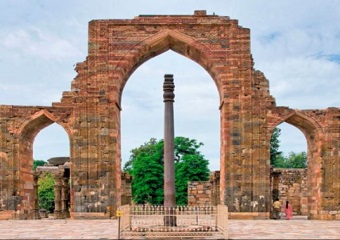
7. GUPTA EMPIRE: During Gupta rule Indians enjoyed a Golden Age in the arts, sciences and religion. Hinduism flowered and expanded throughout India. The Hindu epic writings of the Ramayana and the Mahabbarata were completed and spread to all in the Empire. Hindu temples and shrines were built. Sanskrit poetry, drama and art grew in importance and, as a result, the Gupta period is known as the classical age of Indian culture. The world's first university was founded and major scientific advances were made in the fields of astronomy, engineering and mathematics. The decimal system, which included the concept of zero, was developed. Later, Arab traders adopted this revolutionary concept and passed this mathematical system to the Europeans.


